Forest Biodiversity Conservation: Essential Techniques and Approaches
- August 20, 2024
- 0 comment
Forest biodiversity plays a crucial role in maintaining the health and stability of ecosystems worldwide. It encompasses the variety of life found in forests, including the diverse species of plants, animals, fungi, and microorganisms that interact with one another in complex webs of life.

However, this biodiversity is under severe threat from human activities, such as deforestation, habitat fragmentation, and climate change. As forests are home to more than 80% of terrestrial species, conserving this biodiversity is not just an environmental priority but a fundamental necessity for sustaining life on Earth.
List of Forest Biodiversity Conservation:
- Threats to Forest Biodiversity
- Key Conservation Techniques
- The Role of Indigenous Knowledge
- Technological Innovations in Conservation
- Challenges in Forest Biodiversity Conservation
Understanding Forest Biodiversity
Before diving into the conservation techniques, it’s essential to grasp what forest biodiversity entails. Forest biodiversity includes the various forms of life that thrive in forest ecosystems, ranging from towering trees to minute soil organisms. This diversity is categorized into three levels:
- Genetic Diversity: The variation of genes within species, which allows species to adapt to changing environments and resist diseases.
- Species Diversity: The variety of species within a forest ecosystem, each playing a unique role in maintaining the ecosystem’s balance.
- Ecosystem Diversity: The diversity of forest types and ecosystems, including tropical rainforests, temperate forests, and boreal forests, each with distinct ecological characteristics.
These three levels of biodiversity are interconnected. A loss at one level can have cascading effects on the others, making the conservation of forest biodiversity a complex and vital task.
Threats to Forest Biodiversity
The conservation of forest biodiversity is a challenging endeavor, primarily because of the numerous threats that forests face today. Understanding these threats is the first step toward developing effective conservation strategies.
Deforestation: One of the most significant threats to forest biodiversity is deforestation, often driven by agriculture, logging, and urban expansion. The loss of forest cover directly impacts the species that depend on these habitats, leading to population declines and extinctions.
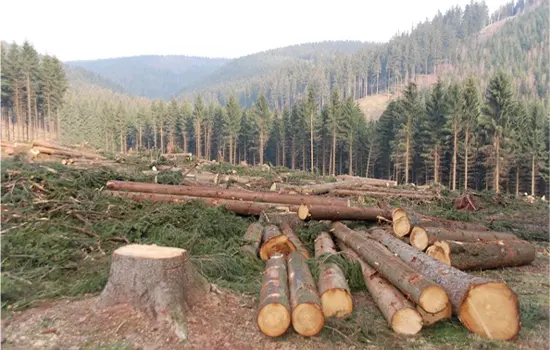
Habitat Fragmentation: As forests are cleared, the remaining patches become isolated. This fragmentation disrupts species’ ability to migrate, find food, and reproduce, leading to reduced genetic diversity and increased vulnerability to extinction.
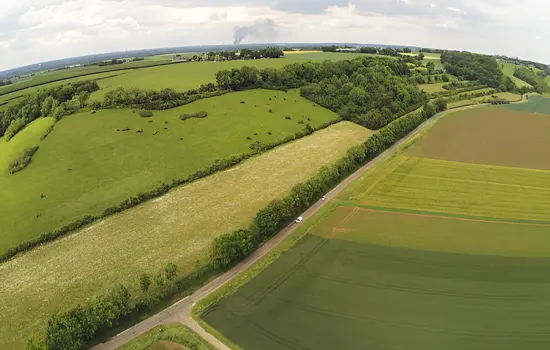
Climate Change: Changes in temperature and precipitation patterns due to climate change can alter forest ecosystems, affecting species distributions, phenology, and ecosystem functions. Some species may be unable to adapt quickly enough, resulting in declines or extinctions.
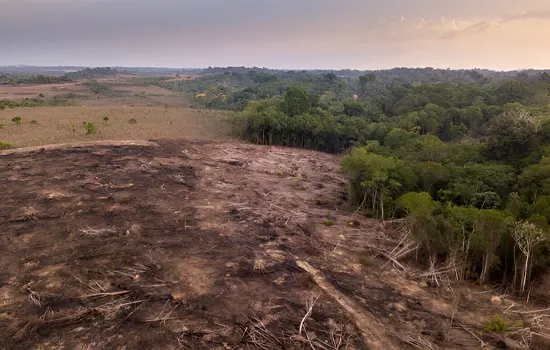
Invasive Species: Non-native species introduced into forest ecosystems can outcompete, prey on, or bring diseases to native species, disrupting the balance of the ecosystem and leading to a loss of biodiversity.

Overexploitation: Unsustainable hunting, logging, and harvesting of forest resources can deplete species populations and degrade ecosystems, making it difficult for forests to regenerate and maintain their biodiversity.
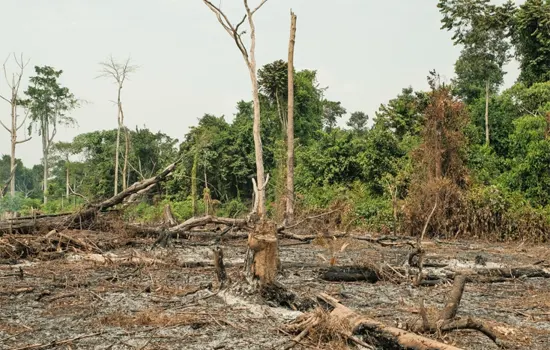
Conservation Techniques
Given the diverse threats to forest biodiversity, conservation efforts must be equally varied and strategic. Here are some of the essential techniques and approaches used in forest biodiversity conservation:
1. Protected Areas and Reserves: Establishing protected areas is one of the most effective ways to conserve forest biodiversity. These areas provide a refuge for species, protecting them from the direct impacts of human activities. Effective management of protected areas involves:
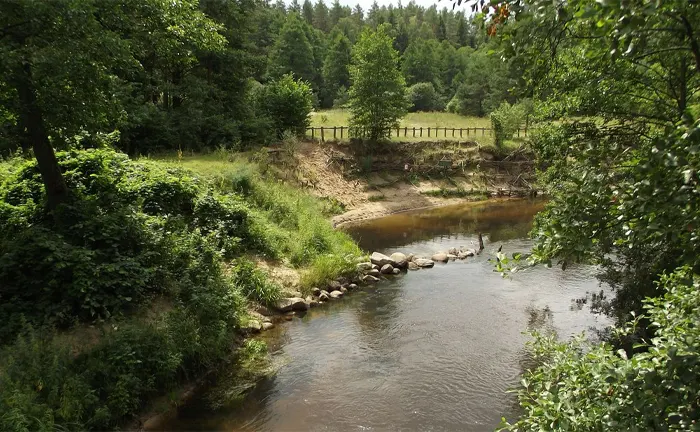
- Legal Frameworks: Implementing and enforcing laws that prevent activities like logging, mining, and hunting in these areas.
- Buffer Zones: Creating zones around protected areas where limited sustainable use of resources is allowed, reducing the pressure on the core area.
- Monitoring and Surveillance: Using technology and community patrols to monitor wildlife and enforce protection measures.
2. Sustainable Forest Management (SFM): Sustainable Forest Management aims to balance the ecological, social, and economic functions of forests. It involves:
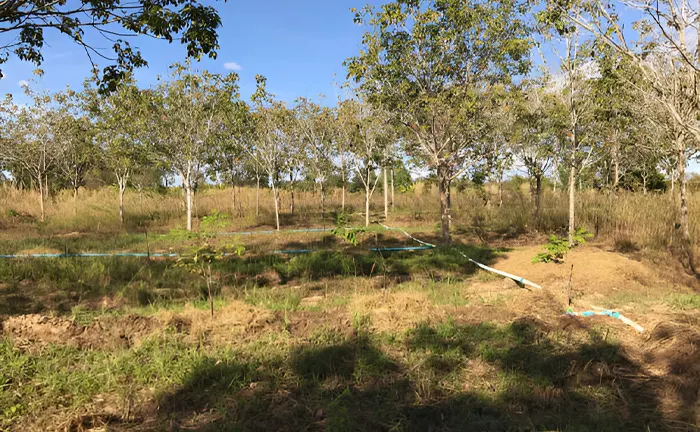
- Selective Logging: Harvesting trees in a way that minimizes damage to the forest structure and promotes regeneration.
- Agroforestry: Integrating trees into agricultural landscapes to enhance biodiversity, improve soil health, and provide habitat for wildlife.
- Certification Programs: Promoting sustainable practices through certification schemes like the Forest Stewardship Council (FSC), which sets standards for responsible forest management.
3. Restoration and Reforestation: Restoration involves repairing degraded forest ecosystems, while reforestation focuses on replanting trees in deforested areas. Key strategies include:
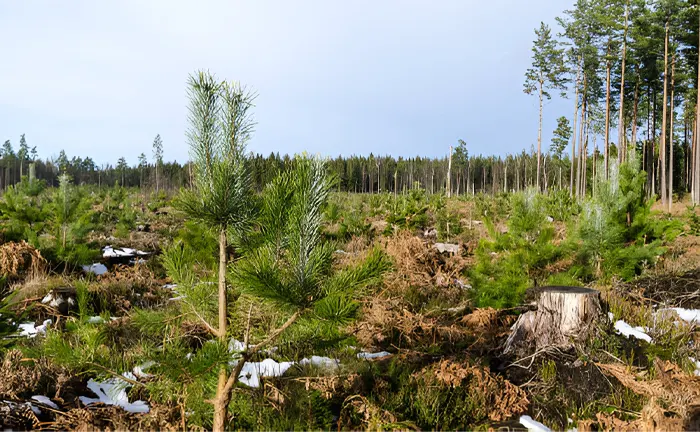
- Natural Regeneration: Allowing forests to recover naturally by protecting them from further disturbance and supporting the growth of native species.
- Assisted Regeneration: Enhancing natural regeneration by planting native species, controlling invasive species, and managing soil and water resources.
- Rewilding: Reintroducing native species that have been lost to restore ecosystem functions and increase biodiversity.
4. Community-Based Conservation: Engaging local communities in conservation efforts is critical, as they are often the most directly affected by forest management practices. Effective community-based conservation involves:

- Empowerment and Education: Providing communities with the knowledge and tools to manage their forests sustainably.
- Benefit-Sharing: Ensuring that local communities benefit economically from conservation efforts, for example, through eco-tourism or sustainable harvesting of non-timber forest products.
- Participatory Planning: Involving communities in the decision-making processes to ensure that conservation plans align with local needs and traditions.
5. Biodiversity Monitoring and Research: Continuous monitoring and research are vital to understanding the state of forest biodiversity and the effectiveness of conservation strategies. Key approaches include:

- Species Inventories: Conducting regular surveys to document species presence and abundance.
- Remote Sensing: Using satellite imagery and drones to monitor changes in forest cover, habitat fragmentation, and land use.
- Citizen Science: Involving the public in data collection efforts, such as tracking wildlife sightings or participating in biodiversity surveys.
6. Legal and Policy Frameworks: Strong legal and policy frameworks are essential for the success of biodiversity conservation efforts. These include:

- International Agreements: Participating in global agreements like the Convention on Biological Diversity (CBD) to commit to conservation targets.
- National Legislation: Implementing laws that protect forests and wildlife, regulate land use, and promote sustainable development.
- Incentives and Subsidies: Providing financial incentives for sustainable practices, such as payments for ecosystem services or tax breaks for conservation activities.
The Role of Indigenous Knowledge
Indigenous peoples have lived in and managed forests for centuries, developing deep knowledge of forest ecosystems. Incorporating indigenous knowledge into conservation strategies can enhance their effectiveness. This includes:
- Traditional Ecological Knowledge (TEK): Leveraging indigenous understanding of species behavior, plant medicine, and ecosystem management.
- Cultural Practices: Respecting and integrating cultural practices that promote biodiversity, such as sacred groves or rotational agriculture.
- Co-Management: Collaborating with indigenous communities to jointly manage protected areas and other conservation initiatives.
Technological Innovations in Conservation
Technology is increasingly playing a role in forest biodiversity conservation. Some of the most promising innovations include:
- Geospatial Technologies: GIS and remote sensing tools provide detailed maps and data on forest cover, biodiversity hotspots, and human impacts, enabling more effective planning and monitoring.
- Drone Surveillance: Drones offer a cost-effective way to monitor large and remote forest areas, detect illegal activities, and gather data on wildlife populations.
- Genetic Tools: DNA analysis can help identify species, track genetic diversity, and monitor the health of populations, providing insights that inform conservation strategies.
- Artificial Intelligence: AI and machine learning algorithms can analyze large datasets to predict biodiversity trends, identify threats, and optimize conservation interventions.
Challenges in Forest Biodiversity Conservation
Despite the numerous strategies and tools available, forest biodiversity conservation faces several challenges:
- Lack of Funding: Conservation projects often suffer from insufficient financial resources, limiting their scope and effectiveness.
- Political Instability: In regions affected by conflict or weak governance, enforcing conservation laws and protecting forests can be extremely difficult.
- Competing Land Uses: Agriculture, mining, and infrastructure development often take precedence over conservation, leading to habitat loss and degradation.
- Climate Change: The unpredictability of climate change makes it challenging to develop long-term conservation plans, as shifting environmental conditions may render current strategies obsolete.
- Social and Economic Pressures: In many areas, local communities rely on forest resources for their livelihoods, creating a tension between conservation and economic development.
Case Studies in Successful Conservation
To illustrate the effectiveness of these techniques, consider the following case studies:
- Costa Rica’s National Parks System: Costa Rica has successfully protected over a quarter of its land area through a network of national parks and reserves, leading to a significant recovery of forest cover and biodiversity.
- Amazon Rainforest Monitoring: Brazil has employed satellite monitoring and strict law enforcement to curb deforestation in the Amazon, although challenges remain.
- India’s Joint Forest Management (JFM): This program involves local communities in managing forest resources, leading to improved forest health and livelihoods.
The Future of Forest Biodiversity Conservation
The future of forest biodiversity conservation lies in the integration of traditional practices with modern technologies, global collaboration, and the empowerment of local communities. As the pressures on forests continue to grow, it is essential to adapt and innovate conservation strategies to ensure that the world’s forests, and the biodiversity they support, are preserved for future generations.
Final Thoughts
Forest biodiversity conservation is a complex and multifaceted challenge that requires a holistic approach. By combining scientific research, sustainable management practices, community involvement, and technological innovations, we can develop effective strategies to protect the world’s forests. These efforts are not just about preserving the natural world; they are about ensuring the survival and well-being of all life on Earth.
Frequently Asked Questions (FAQs)
- What is forest biodiversity?
Forest biodiversity refers to the variety of life forms found in forest ecosystems, including plants, animals, fungi, and microorganisms. It also includes the genetic diversity within species and the diversity of forest types and ecosystems. - Why is forest biodiversity important?
Forest biodiversity is crucial for maintaining ecosystem functions, such as carbon storage, water purification, and soil fertility. It also supports the livelihoods of millions of people and is vital for the survival of countless species. - What are the main threats to forest biodiversity?
The primary threats to forest biodiversity include deforestation, habitat fragmentation, climate change, invasive species, and overexploitation of forest resources. - How can protected areas help conserve forest biodiversity?
Protected areas provide safe habitats for species, safeguarding them from human activities. Effective management of these areas is essential to ensure that they fulfill their conservation goals. - What role do local communities play in forest biodiversity conservation?
Local communities are often the most directly affected by conservation efforts. Involving them in conservation planning and management ensures that these efforts are sustainable and culturally appropriate. - How does climate change impact forest biodiversity?
Climate change can alter temperature and precipitation patterns, affecting species distributions and ecosystem functions. Some species may struggle to adapt, leading to population declines or extinctions.

Gilbert Griffin
Forestry AuthorGilbert Griffin is a forest management expert specializing in sustainable practices, forest health, conservation, and land management. With extensive knowledge in pest control, disease management, and habitat restoration, Gilbert develops strategies to preserve forest ecosystems and biodiversity. Passionate about the natural world, Gilbert adapts to changes in forest management and stays updated through continuous learning. Gilbert also provides seasonal advice to optimize forest care throughout the year.










Leave your comment